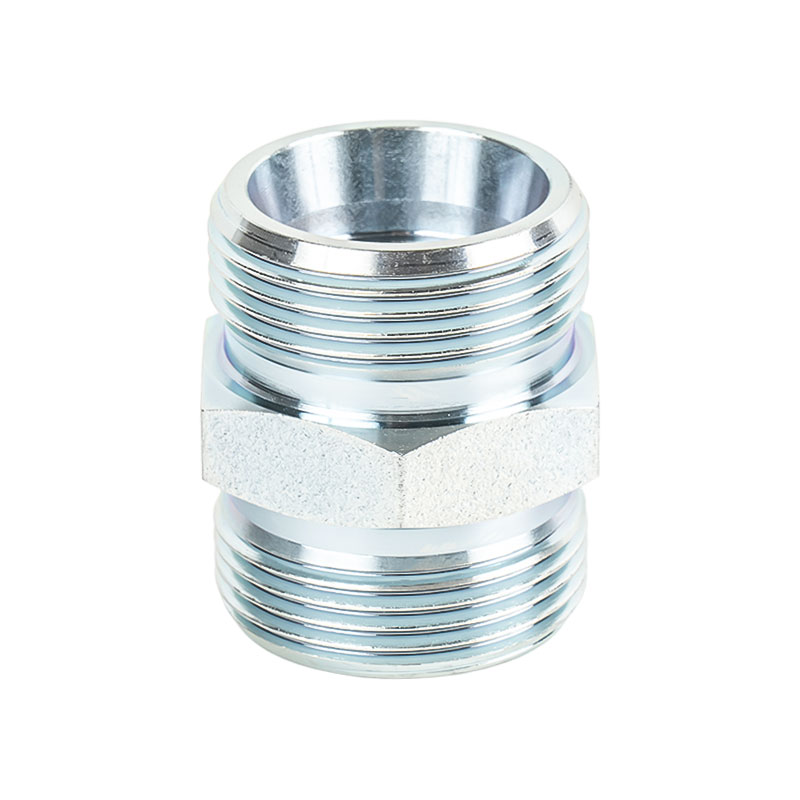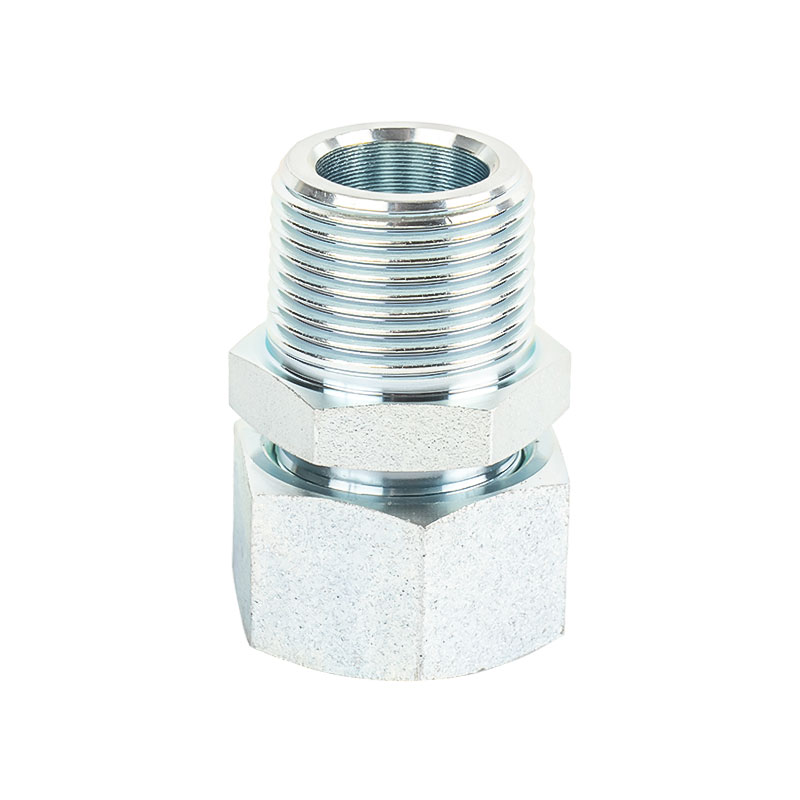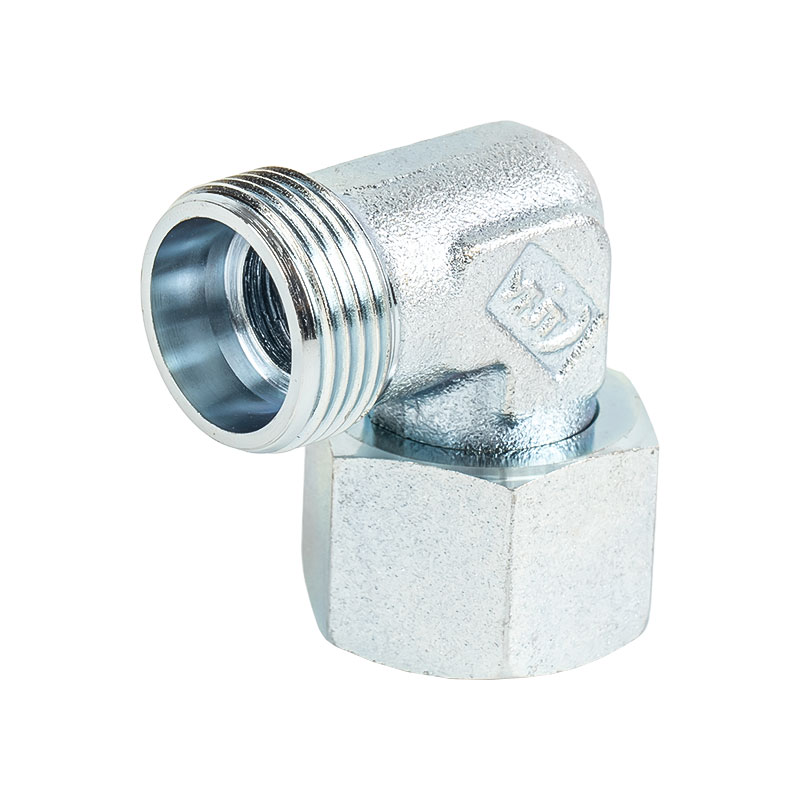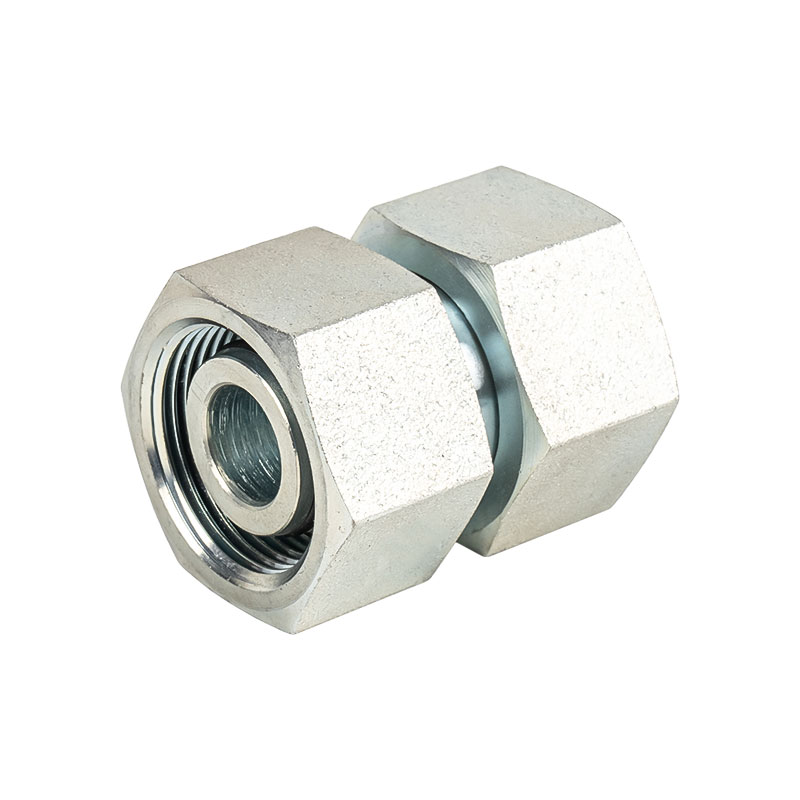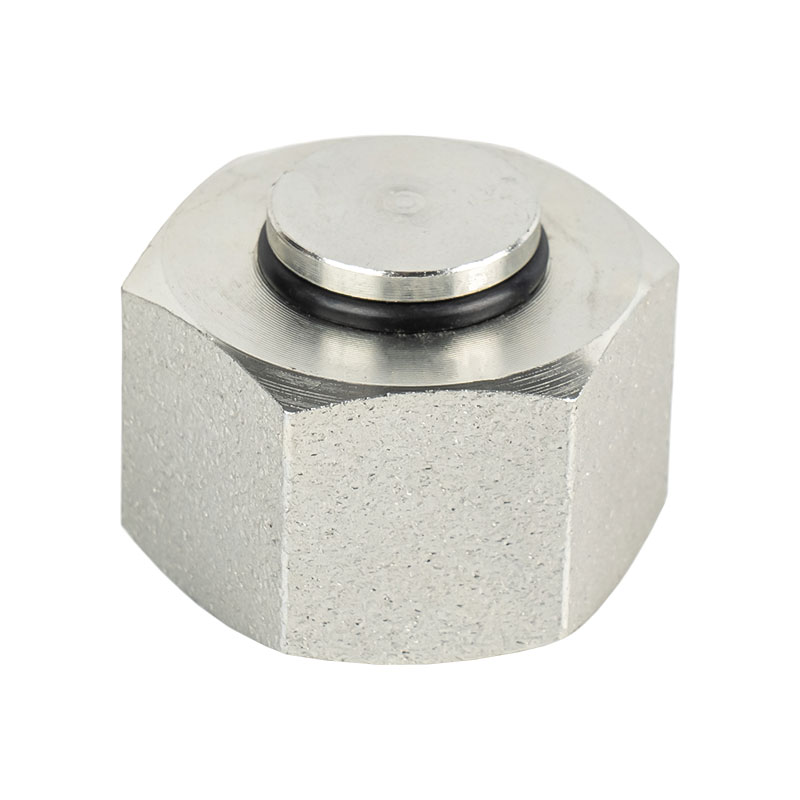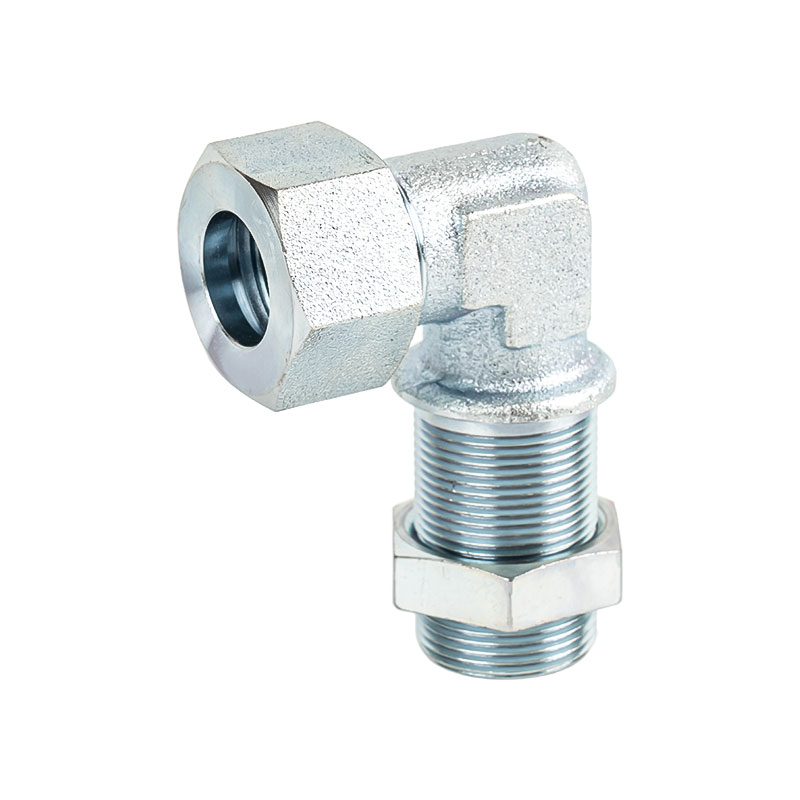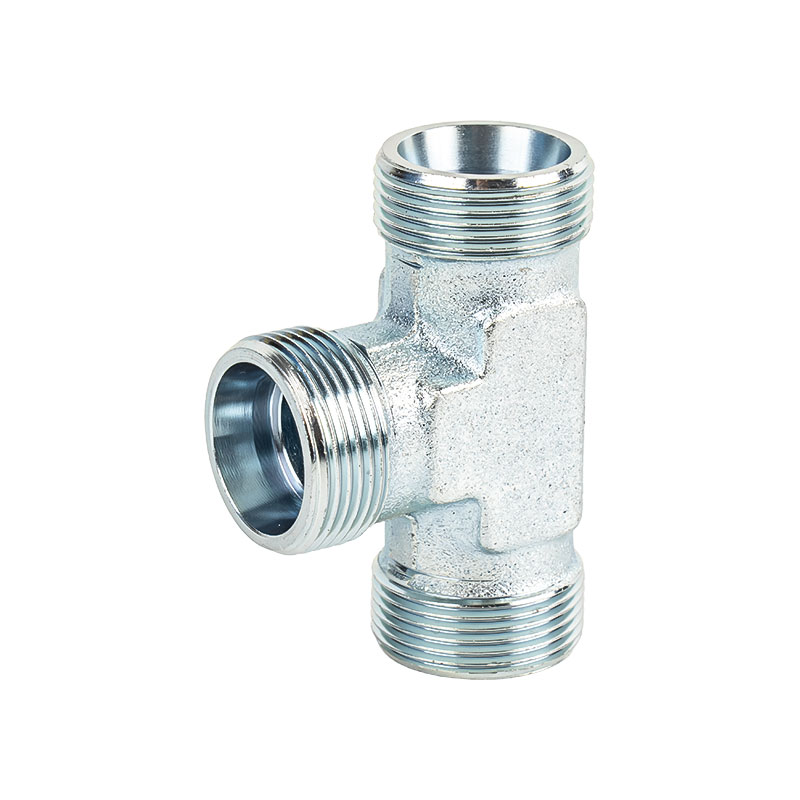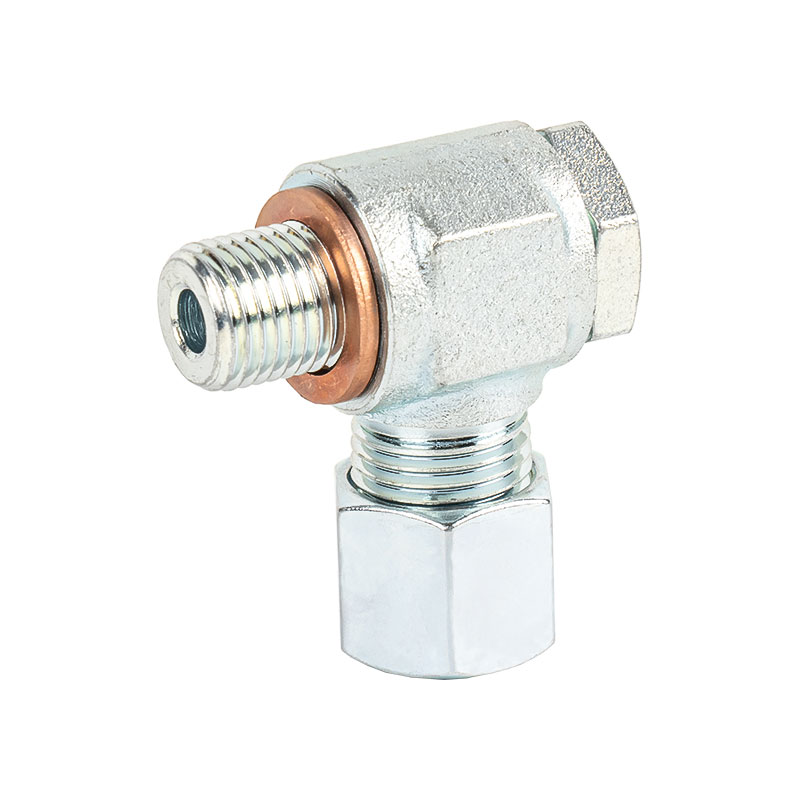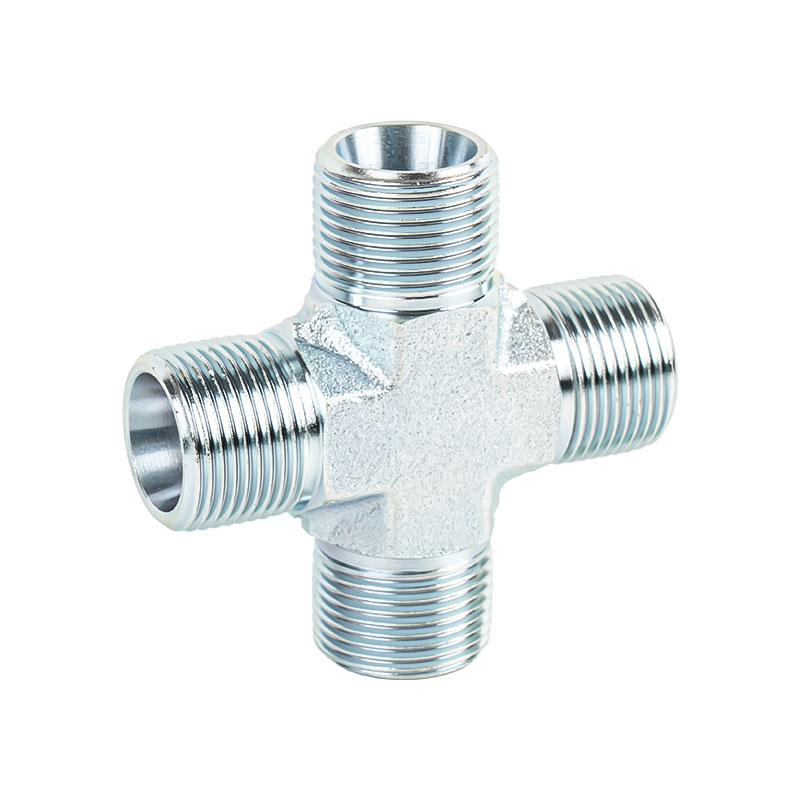Importance of Hydraulic Hose Fitting Maintenance
As a key connecting component in the hydraulic system, the performance of the hydraulic hose fitting directly affects the stable operation and safety of the entire system. Reasonable maintenance and regular inspection can extend the service life of the hydraulic hose fitting, reduce the risk of leakage, prevent sudden failures, and ensure the normal operation of the equipment. Maintenance work not only involves the hose fitting itself, but also includes the cleaning of the connection area, the sealing condition, and the status assessment of related components, so as to timely discover and solve potential problems.
Daily visual inspection
The daily inspection of the hydraulic hose fitting is based on visual inspection, and attention should be paid to the appearance of the hose fitting, including whether there are cracks, deformation, wear or corrosion marks. Focus on checking whether there are oil marks, leakage or stains at the joint, which may be a manifestation of sealing failure or loose joints. Through regular visual inspections, possible problems with the hose fitting can be discovered early to prevent the problem from expanding.
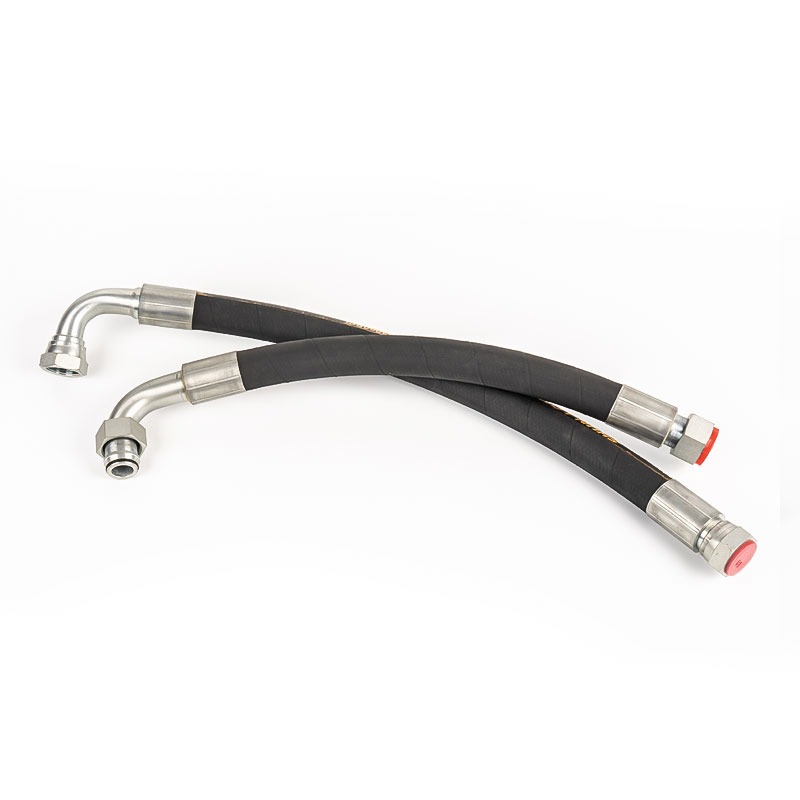
Check the tightness of the fitting
The hydraulic hose fitting needs to maintain appropriate tightening force to ensure the sealing effect and connection stability. During the inspection, appropriate tools should be used to confirm whether the joint is loose or too tight to avoid damage to the joint due to excessive tightening, or hydraulic oil leakage due to looseness. According to the manufacturer's recommendations, perform torque checks regularly to ensure that the joints are within a reasonable tightening range.
Check seals and gaskets
Seals and gaskets are key components for hydraulic hose fittings to prevent leakage. During maintenance, it is necessary to carefully check whether the seals are aged, deformed or damaged. For removable fittings, seals and gaskets should be replaced regularly to ensure their sealing performance. Especially in high-pressure and high-temperature environments, the performance of seals will decrease over time, and the inspection frequency should be increased.
Cleaning of hoses and fittings
Keeping the hydraulic hose fittings and their surrounding areas clean helps prevent dust and impurities from entering the hydraulic system and avoid wear and blockage. Appropriate solvents or detergents should be used for cleaning work, and cleaning materials with strong corrosiveness or high residue should be avoided. Care should be taken during cleaning to avoid damaging the hose surface and fitting parts.
Monitor the working environment
The use environment of hydraulic hose fittings directly affects their life and performance. Attention should be paid to factors such as ambient temperature, humidity, corrosive gases and mechanical vibration. According to different environmental conditions, select suitable hose fitting materials and structures to reduce the risk of damage caused by environmental factors. At the same time, monitor environmental conditions regularly and take protective measures in time.
Check the bending and stretching of the hose
Hydraulic hoses may be bent, stretched or twisted during use, and these forces will affect the connection stability of the hose fitting. During maintenance, check whether the layout of the hose is reasonable to avoid excessive bending or stretching. If necessary, adjust the hose length or install the bracket to reduce the impact of mechanical stress on the fitting.
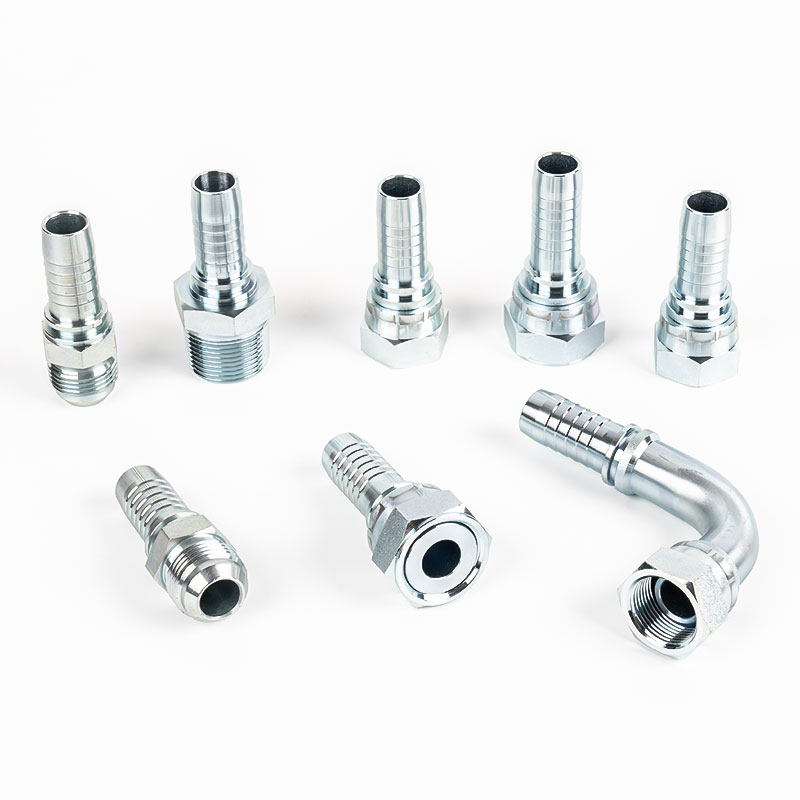
Hydraulic system pressure detection
Excessive pressure or large pressure fluctuations will cause additional loads on the hose fitting, increasing the risk of leakage or rupture. Regularly check the pressure parameters of the hydraulic system to ensure that the operating pressure is within the design range. Pressure monitoring can detect system abnormalities early and reduce damage to the hose fitting.
Record maintenance and inspection information
The maintenance and inspection process of the hydraulic hose fitting should be recorded in detail, including the inspection time, problems found, treatment measures and replacement of parts. These records provide a basis for subsequent maintenance, help analyze the use status and predict the life of the hose fitting, and formulate a more scientific maintenance plan.
Regular inspection and training of professionals
The maintenance and inspection of hydraulic hose fittings should be carried out by professionally trained personnel to ensure that the operation meets technical specifications and safety requirements. At the same time, regular training of maintenance personnel, updating of technical knowledge, and improvement of fault identification and handling capabilities will help improve maintenance efficiency and quality.
Maintenance inspection content and frequency of hydraulic hose fittings
| Inspection Item | Inspection Frequency | Key Points Description |
|---|---|---|
| Visual Inspection | Daily or per shift | Check for cracks, deformation, leakage, corrosion |
| Tightening Check | Monthly or quarterly | Use a torque wrench to prevent loosening or over-tightening |
| Seal Inspection | Quarterly or semi-annually | Monitor aging, damage, and replace seals timely |
| Cleaning | Weekly or as needed | Remove oil stains, dust, and prevent system contamination |
| Environmental Monitoring | Monthly | Check temperature, humidity, and corrosive environment |
| Hose Condition Check | Weekly or monthly | Prevent hose bending, stretching, twisting |
| Pressure Monitoring | Continuous or periodic | Maintain pressure within design limits |
| Maintenance Record Update | After each maintenance | Keep detailed records of inspections and maintenance |

 中文简体
中文简体